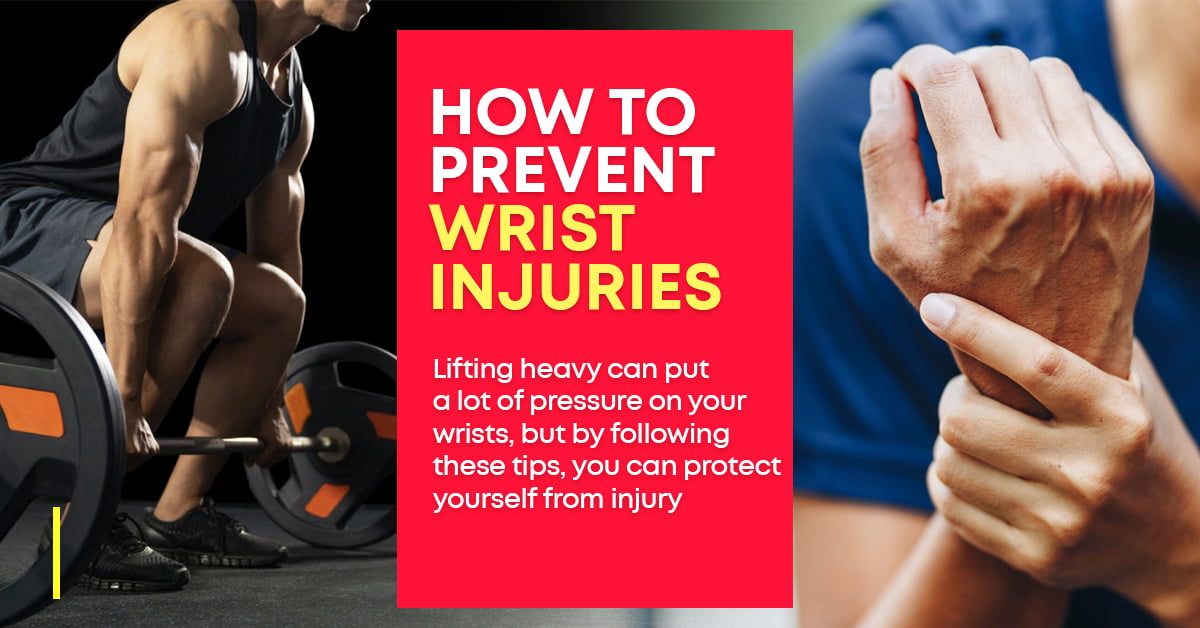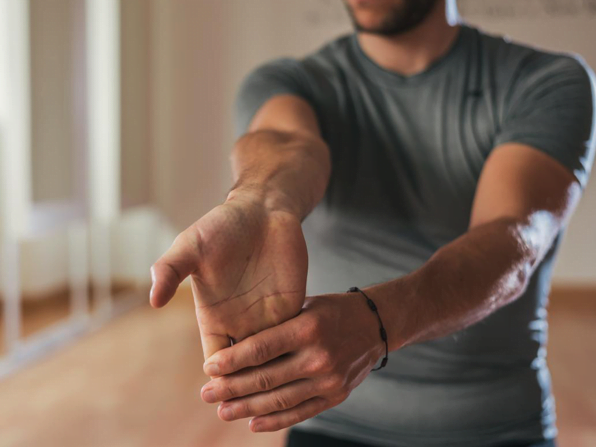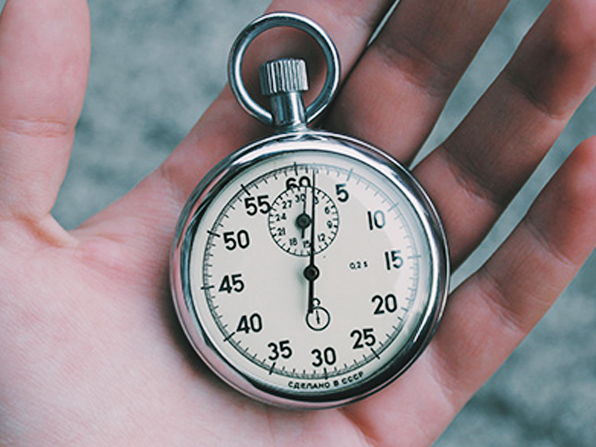
Lifting heavy can put a lot of pressure on your wrists, but by following these tips, you can protect yourself from injury
If you've ever had a wrist injury, you know how painful it can be. Our wrists play such a critical role in everyday life that regular activities like typing, lifting, or even opening doors can become difficult when injury or soreness strikes. And if you're suffering from a sore or injured wrist, your output in the gym, especially weight training, can suffer.
Protecting your wrist stability and mobility is essential to your overall health and performance. By following a few tips, you can protect your wrists and promote good wrist and hand health.
What causes wrist injuries?
Unfortunately, wrist injuries can occur at any time while performing a variety of activities. Bodyweight exercises, weightlifting, and even yoga can cause pain and injury, as can daily movements like pushing, pulling, and lifting objects.
Engaging in repetitive motions also makes wrists susceptible to injury. These repetitive motions can lead to tendonitis, tenosynovitis, or ligament sprains or tears.
If you lift weights, you can especially be at risk for wrist injuries. Time under tension is good for building muscle, but this sustained tension can wreak havoc on your wrists and hands.
Luckily, you can do a few things to build your wrist strength and flexibility so you can continue your exercise routine and daily life without debilitating wrist and hand pain.
Avoiding wrist strain and pain
Keep your wrists flexible
Check in regularly with your wrists to assess their mobility. Flex, stretch, and move them, ensuring that you can achieve a full range of motion. Before engaging in activities that may require your wrists to flex to a 90-degree angle, be sure to loosen your wrists up and stretch to encourage mobility.
Maintain wrist strength
The stronger your wrists are, the more successfully you’ll be able to lift weights and lift heavier. Your grip strength is critical in your weightlifting success, and wrists play a critical role in grip strength. One way to build this strength is to squeeze stress balls or grippers regularly. Resistance bands and small weights are also a good option, as they help build your forearm strength which can translate to better grip strength and wrist and hand mobility.
Maintain stable wrist positioning
During exercises that require the use of your wrists, ensure they are in a stable position that is in alignment with your arms. When in positions such as planks, arching your hand slightly can help ensure your wrist is in an optimal support position to avoid injury.
Add support during exercise
When lifting heavier weights or engaging in sustained exercises that put pressure on your wrists, straps and braces can be an excellent choice to help maintain proper positioning and stability. When you're doing weight-bearing exercises, having a quality yoga mat or pad underneath your hands can also help support your wrists and help avoid aches, pains, and injury.
Rest
Just like every other part of our bodies, our wrists can also benefit from rest. If you're feeling aches and pains, take a break from exercises that put strain on your wrists. While you are resting your wrists, consider strengthening your leg and core muscles. Strengthening these muscles will improve stability in a variety of exercises, which reduces your risk of joint injury.
Add supplements that support joint and ligament health into your routine
Eating a well-balanced diet and maintaining a healthy weight can be one way to keep your wrists healthy. And adding in supplements that support joint, bone, and ligament health can be another way to strengthen your wrists and retain mobility.
A great addition to your supplementation program is BELDT Labs Bedrock Collagen Peptides. Collagen plays a critical role in building the strength of your hair, skin, and joints. High-quality collagen can help in muscle and joint recovery post-exercise and can support the healthier overall functioning of joints and ligaments.
Whether you’re recovering from a wrist injury, experiencing wrist pain, or simply want to keep your wrists' mobility in check, there are several steps you can take to promote healthy hands and wrists. By listening to your body, making adjustments, and adding in quality supplementation, you can avoid injury and improve your quality of life with healthy, strong wrists and hands.




